Maximizing Field Service Investment Impact
E-book for Private Equity Investors

Introduction to PE investment in HVAC
Private equity (PE) firms have ramped up their investment in field service companies over the past several years, attracted by profitability, opportunities for recurring revenue, and their somewhat recession-proof business model - spending on repairing critical capital equipment, HVAC systems, and other assets is less vulnerable to macroeconomic trends.
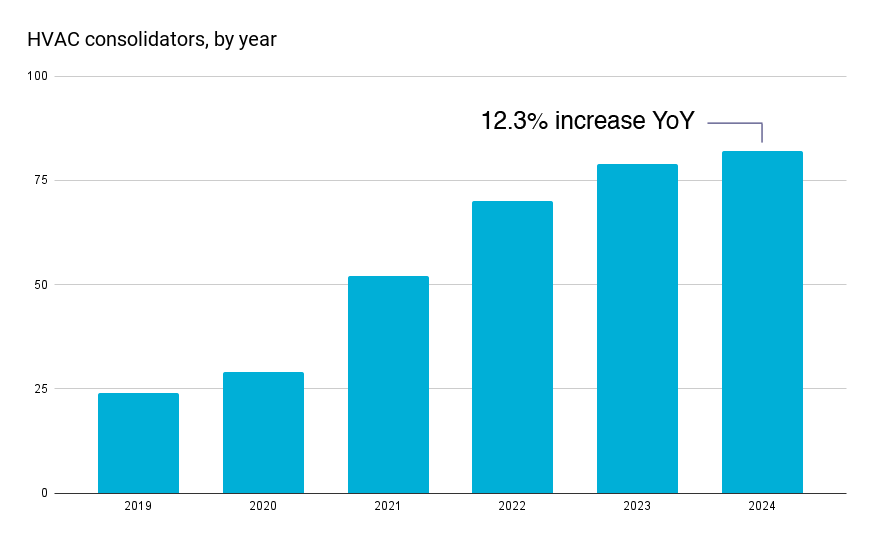
HVAC sector in particular has drawn more attention from PE firms, with the number of consolidators increasing, and the number of PE-funded deals growing over time. According to recent data from Capstone Partners, there has been a 12.3% year-over-year growth in HVAC services deals, with 64 such deals announced or completed by mid-2024, and private equity firms are deploying growth capital investments to support private strategic acquisitions in this market.
To maximize the return on investment in the field service space, there is ample opportunity for efficiency improvements that can increase technician productivity, reduce costs, and increase visibility into operational data in ways that can both help optimize and standardize processes and identify additional revenue opportunities.
With the cost of debt increasing over the past several years, operational value creation is critical for PE firms to achieve a return on investment. A recent report from McKinsey highlights the need for investing with operational value creation at the forefront. In addition, within the PE firm the operating group and deal teams must work together to hold portfolio companies accountable for that value creation.
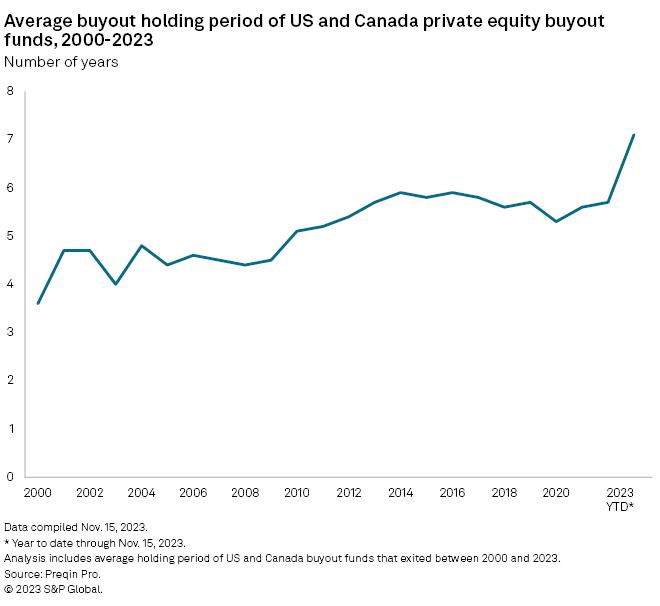
This was echoed in an EY report on key trends in private equity for 2024, which noted that value creation will be a key priority in attaining operational efficiency, along with investment in technologies like artificial intelligence (AI).
Mandating the use of technology that streamlines on-site field service processes and seamlessly collects data points from a jobsite creates a highly efficient, consistent, and intelligent portfolio of field service assets. This level of intelligence, spurred by the data being collected, creates maximum efficiency and unprecedented growth for your invested assets.
Reducing costs and creating operational value through efficiency is more important than ever. Interest rate increases and fears of recession have increased PE holding periods substantially over the past several years, with the average holding period spiking at 7.1 years in 2023, according to S&P Global. That is the highest the holding period has been in decades.
XOi has developed a technology platform for field service that allows technicians to easily collect and share jobsite data; gives managers insights into changing business conditions that can help them identify and correct problems and focus their time and capital investments; and provides improved knowledge management and training tools that increase productivity and efficiency.
By deploying XOi into portfolio companies, PE firms can achieve returns in their field service investments in as few as three years, compared to these recently inflated holding periods, or the more typical average of five years. This allows investors to accelerate the profitability of their portfolio and reinvest the capital into new opportunities much sooner than might otherwise be possible.
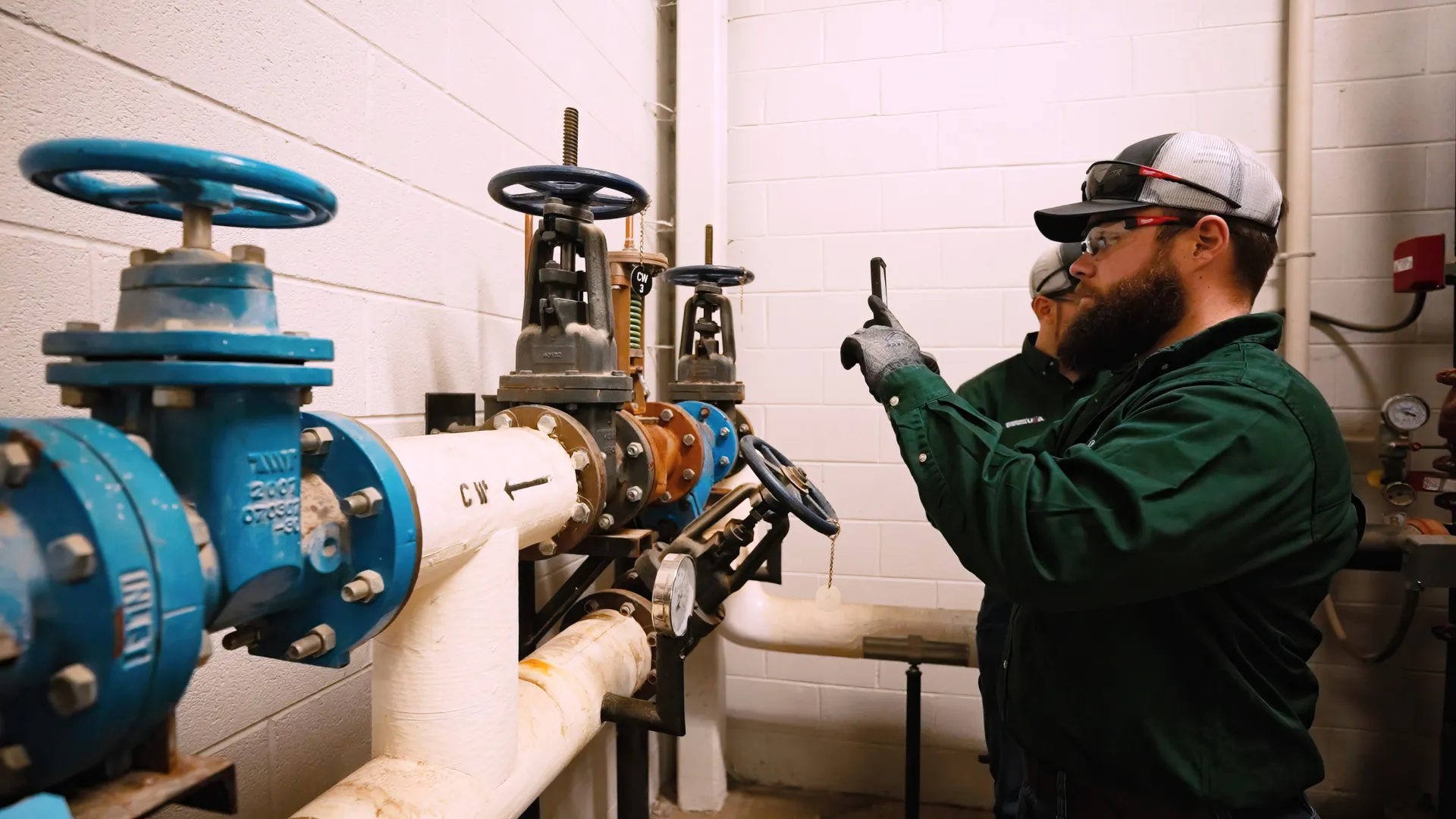
Tech-driven Growth
Reducing expenses and driving top line revenue growth for Portfolio companies
For portfolio companies, how does XOi technology reduce expenses and drive top-line revenue growth?
Operational Efficiency
Using the XOi platform allows field service organizations to improve their efficiency across roles and domains. For field service technicians, jobsite efficiency can be enhanced via a number of features:
Time and Cost Savings
By enabling technicians to capture and share visual documentation of their work, XOi ensures high-quality service and reduces repeat visits. They can quickly confirm that they have completed all tasks with both supervisors and their customers while still on the job site, eliminating the need for additional truck rolls that can cost thousands of dollars. XOi also reduces downtime and increases technician productivity. This leads to less time spent on each job, time and cost savings.
Real-time Documentation
Automated, real-time documentation processes reduce the paperwork burden on the technician, so they can focus on service delivery. XOi makes documentation part of the natural workflow on the jobsite, and provides fast access to repair instructions, supporting documents, and customer information, right on their mobile device.
Knowledge Management
XOi provides tools for training and onboarding new technicians quickly and effectively, ensuring they are productive sooner. The knowledge management features of XOi help companies capture information from seasoned technicians, and make it available for training and support. Better-trained technicians perform more efficiently and provide higher quality service
Back-office and administrative operations are also improved using XOi.
Real-time Insights
Real time insights reduce administrative overhead. Paperwork does not need to be processed after technicians complete their shifts, because the information is automatically uploaded from the field throughout the day.
Employee Evaluation
XOi can make it easier to evaluate a roster of technicians to understand which employees are underperforming, and which are meeting or exceeding expectations. Supervisors know exactly who to train, and what to train them on. With that information, it is easier to send the right technician for the job to the customer location, so the problem gets fixed the first time. That not only saves time, but money.
Benchmarking Data
XOi provides comprehensive benchmarking data on asset performance by region, enabling contractors to optimize the performance of their equipment, based on actual usage data. This leads to reduced downtime for the customer and increased productivity for the service company.
Data-driven Insights
XOi empowers the portfolio company with data-driven insights for predictive maintenance, reducing unexpected breakdowns and extending the lifespan of HVAC units. This ultimately minimizes repair costs, while also reducing the number of emergency calls on the schedule, and encourages end customers to retain an active maintenance contract.
Compliance
The XOi platform helps ensure compliance with industry regulations through accurate and consistent documentation, reducing the risk of fines and legal issues that can impact cost liabilities. This is particularly important in the HVAC sector, where government rules with respect to refrigerant handling and disposal levy heavy fines and penalties against companies for improper disposal or leakage. Manually tracking and documenting compliance can add administrative costs to field service operations that XOi can eliminate via automation.
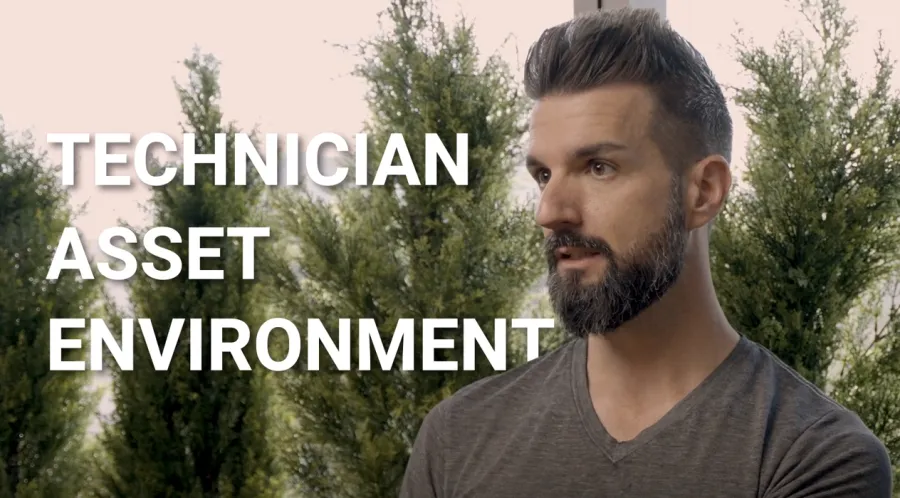
AI Insights
Artificial Intelligence can play a significant role in helping portfolio companies optimize costs. AI algorithms can analyze vast amounts of data quickly and extract valuable insights, as well as reduce a lot of the "busy work" that can bog down technicians with tasks like writing work summaries and searching for equipment manuals. By rapidly analyzing data and knowledge from disparate sources within the service organization, AI can help lead to faster answers and decision making for technicians on the job site. Optimizing tedious processes reduces downtime on site, and AI-based analysis and automation can fuel those efficiencies.
Left: XOi CEO Aaron Salow talks about optimizing time on the jobsite through future state AI functionality
Optimizing operational processes is a crucial aspect of cost reduction in the field service industry. XOi tools reduce downtime and increase technician productivity, leading to cost savings and higher profitability for each PE asset in the portfolio.
Revenue Growth
In addition to reducing costs and improving efficiencies, XOi also helps field service organizations increase revenue.In the field, improved data access and visibility, combined with automation, makes it easier for technicians to notice upsell or referral opportunities on the job, and then communicate those to the sales team via direct workflows.
In addition, XOi's ability to provide predictive maintenance statistics facilitates the shift from episodic break/fix work to long-term contractual service agreements. This is a critical transition in the service sector where selling outcomes (i.e., reduced downtime) is a path toward reliable, recurring revenues. Increasing the predictability and stability of recurring revenue streams enhances financial stability and increases valuation.
In the office, implementing robust referral programs incentivized through the XOi platform can drive new customer acquisitions at a lower cost. The increase in customer base and subsequent long-term service agreements directly contribute to higher revenue.
By providing asset data to the technician as part of their standard workflows on the job site, XOi can uncover equipment in an asset universe that is approaching or has reached its end-of-life. Using these data analytics, contractors can identify and pursue upsell opportunities more effectively, increasing revenue from existing customers.
XOi tools increase revenue through market expansion, improved sales techniques, and strategic, data-driven asset utilization. This leads to higher returns and profitability for each PE asset.
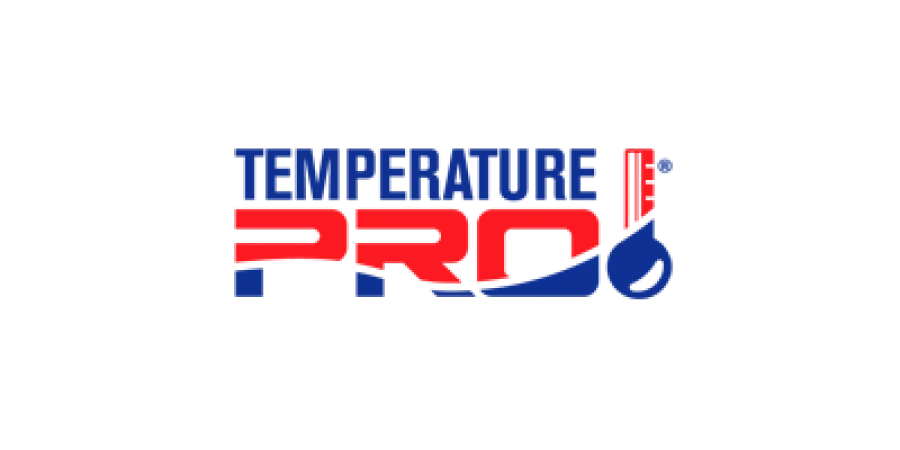
Temperature Pro San Antonio used XOi to grow its average ticket size by 62%.
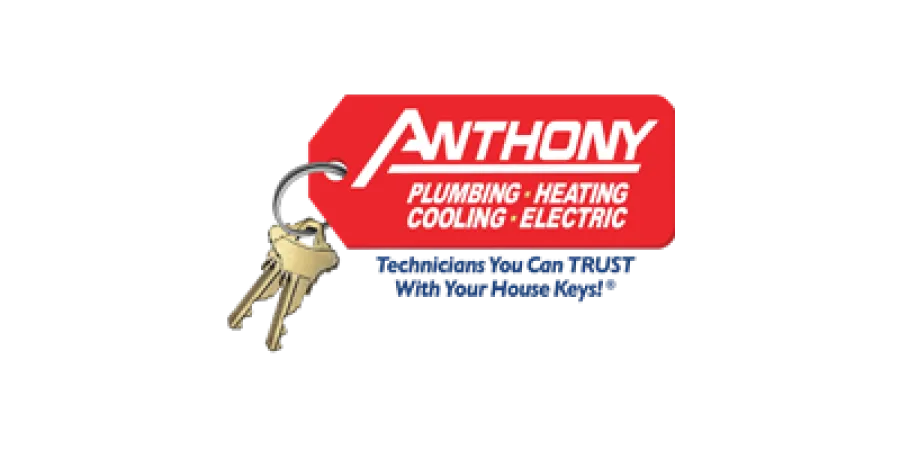
Anthony Plumbing, Heating, Cooling & Electric was able to improve sales conversions to existing customers by 9% with XOi, and increased conversions for end-of-life replacements by 7% with new customers.
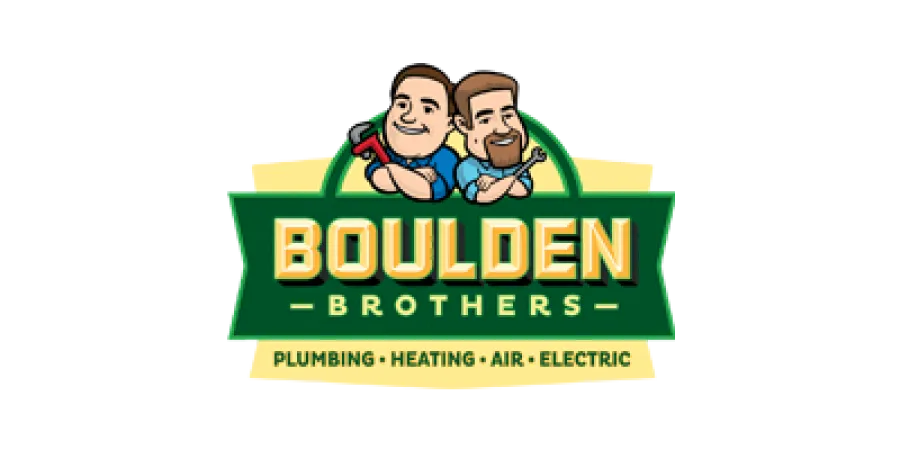
Boulden Brothers saw a 24% year-over-year revenue increase with XOi, and a 15% increase in service ticket value.
Customer Trust and Retention
(Reducing Customer Churn)
A key trend in the field service sector over the past decade has been the transition from reactive break/fix service to long-term service contracts, preventive maintenance, and a generally more proactive engagement with customers. This has happened as a result of service evolving from a cost center to a revenue center among OEMs, and the need for service contractors to stabilize revenue streams that have traditionally been difficult to predict, or highly seasonal.
This transition has also been enabled by technology innovations in field service management that provide faster job site communication, more reliable dispatching, better visibility into equipment status/performance, and predictive modeling/analytics. However, these solutions have often been implemented piecemeal or in a highly siloed manner.
XOi helps solve this disparate data problem by providing a centralized way to share, manage and access data from the field. XOi helps contractors provide end-to-end transparency to their customers. XOi's photo and video capture capabilities give customers insight into job/project status that was not previously possible, which helps to build a high level of trust. Superior service through transparency boosts customer satisfaction and retention rates. Higher retention leads to reduced churn, and a more stable and growing customer base.
XOi also facilitates improved communication between the contractor and the customer. Consistent, excellent communication leads to happier customers, and more success when it comes to upselling in the field and future referrals.
On an ongoing basis, data-backed advice on maintenance and replacement strategies will give customers more confidence in the service contractor's recommendations. This further facilitates the shift from a break/fix vendor to more of a long-term advisory role with customers.
XOi customer JM Brennan was able to increase customer satisfaction scores by 10x using the platform. Design Mechanical saw a whopping 80% improvement in customer satisfaction scores, along with a 65% decrease in invoice disputes and a much faster quote-to-approval cycle.
Positive customer experiences are a key part of retention strategies in markets that have often been driven by commodity pricing. Long-term contract strategies in service will only succeed if service providers can offer high-levels of service execution, unique service experiences, and competitive cost structures. XOi can help deliver all of these qualities.

PE Firm Impact
Why does this matter to a private equity firm?
Maximizing operational efficiency, revenue growth, and customer satisfaction with XOi technology tangibly enhances the value of portfolio investments. XOi provides greater visibility and control over the efficiency, cost and revenue levers needed to create value in field service companies.
XOi also positions field service portfolio companies as forward-thinking when it comes to adoption and utilization of technology, particularly in applying it to key challenges in the service sector. The knowledge management and collaborative aspects of XOi directly address the sort of skilled labor by retaining knowledge from retiring workers, and making it easier and faster to train or upskill new technicians, while also making them more productive earlier.
Automated workflows and documentation within XOi address asset management, supply chain management, and regulatory compliance issues that can otherwise become a costly drag on profitability for service companies. XOi also enables the transition to long-term contracts and recurring revenue models needed for field service business sustainability
The data management and analysis enabled by XOi also lay the foundation for effective use of generative artificial intelligence (AI) in field service, which will be a key part of predictive maintenance strategies, automated support and self-diagnostics systems, AI-based troubleshooting approaches that will help further increase technician productivity and repair quality.
In addition, this approach positions the PE firm as a reliable value creator when it comes to field service investments. Value creation, in addition to cost control and efficiency improvements, will be a critical factor in achieving fast and reliable returns.

Risk Management
XOi provides a centralized database for all equipment data, SEER/SEER2/EER ratings, refrigerant types, installation and manufacture dates, and other key pieces of information that are stored and easily accessible across the organization. This helps ensure businesses remain on track with meeting refrigerant phaseout deadlines, efficiency compliance requirements, while also helping them to manage warranty claims.
Compliance
XOi helps to reduce blind spots and compliance issues, which leads to better control of cost liabilities & understanding downside risk. In highly regulated markets like HVAC, risk mitigation is a key part of cost control and reduction efforts. As noted previously, refrigerant handling is subject to numerous regulations centered around proper handling and disposal of refrigerants, as well as the replacement of older refrigerants with more eco-friendly alternatives. There have also been changes to Seasonal Energy Efficiency Ratio (SEER) requirements from the U.S. EPA.
XOi provides a centralized database for all equipment data, SEER/SEER2/EER ratings, refrigerant types, installation and manufacture dates, and other key pieces of information that are stored and easily accessible across the organization. This helps ensure businesses remain on track with meeting refrigerant phaseout deadlines, efficiency compliance requirements, while also helping them to manage warranty claims.
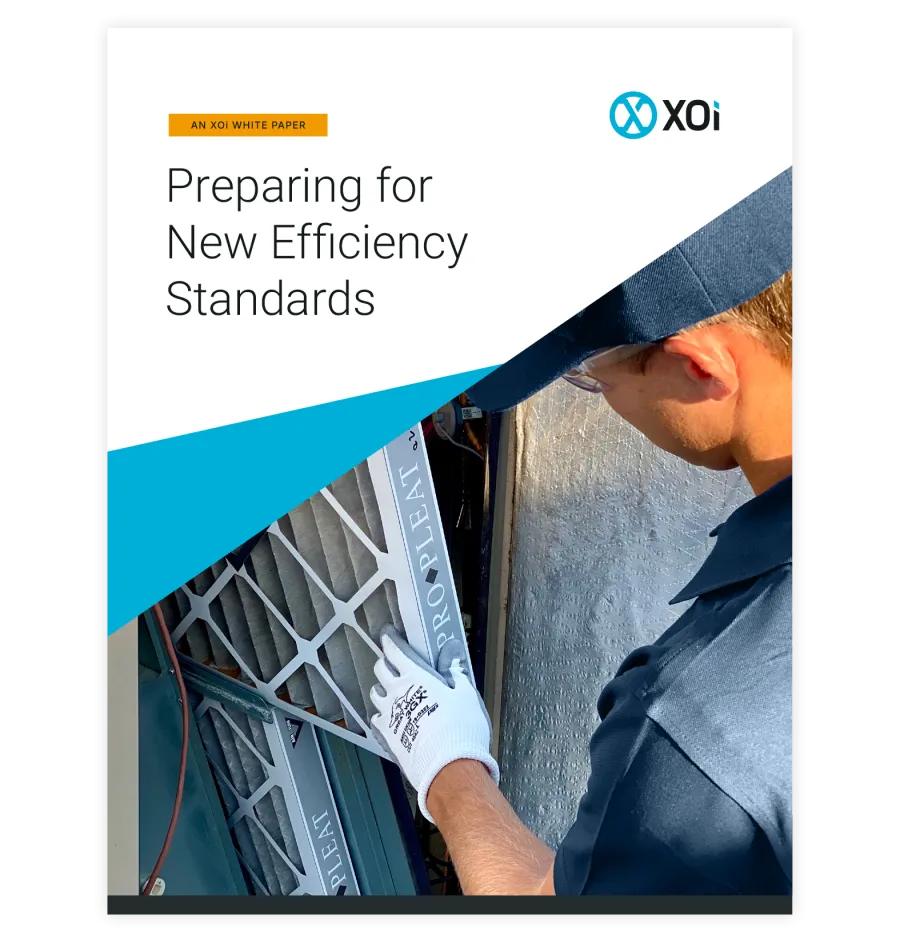
Optimization
For warranty management and optimization, XOi provides documentation (including images and videos) to ensure products have been installed correctly. This can protect the company from bogus/inaccurate warranty claims without lengthy and costly research or investigation. XOi also tracks equipment types and produces bulk reports that can track warranty information and claims by manufacturer or model.
XOi can also provide quantifiable refrigerant management and EPA compliance benefits. With high inflation and frequent supply chain disruptions, HVAC companies need to be proactive in order to reduce the cost of regulatory enforcement. It's likely that if an HVAC company is attempting to purchase refrigerant once the new regulations roll out, the required refrigerant may not be readily available. XOi proactively tracks refrigerant types across the equipment universe of each portfolio company so that purchasing decisions can be made early, and companies can take advantage of bulk pricing.
That visibility will be even more important as standard refrigerant is phased out and OEMs begin creating their own alternatives. Understanding which pieces of equipment will need what specific refrigerant types allows for proactive planning and purchasing. Having this type of visibility across all assets and all portfolio companies not only drives efficiencies, but also provides a well-mapped plan of action for equipment updates/replacements that can boost revenue.
Refrigerant Management
XOi also provides tools to help ensure technicians are properly trained on refrigerant handling and disposal, and can quickly access guidance if they have questions in the field. Refrigerants have come under close scrutiny by the EPA because the hydrofluorocarbons (HFCs) used in them are a much more potent greenhouse gas than carbon dioxide - potentially thousands of times more potent, in some cases. According to researchers at Project Drawdown, one glass of HFC-134 has the same warming potential as a thousand pounds of carbon dioxide pollution.
Violating the HFC handling provisions of the Clean Air Act can result in tens of thousands of dollars in fines per day of violation, confiscation of the refrigerants, a loss of certification to handle the refrigerants, and even criminal prosecution. EPA compliance will be a huge cost driver in the HVAC sector. In other field service markets, workplace safety regulations, state-level compliance, and energy efficiency programs (like the rebates offered under the recent Inflation Reduction Act of 2022 present potentially costly administrative requirements to utility, electrical, plumbing, and energy service companies. XOi automates these compliance workflows while providing portfolio-wide visibility into these efforts.
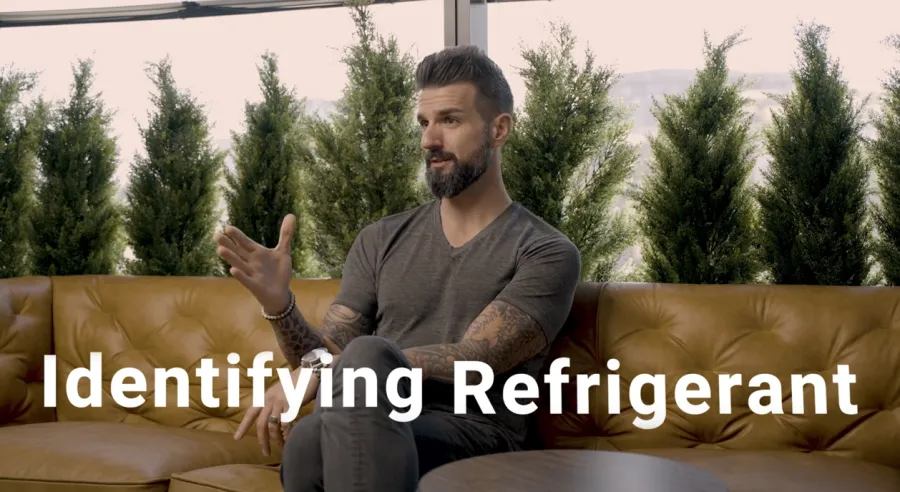
That type of asset congruence is another key benefit of XOi in the service sector. Mandating that your portfolio companies use the same system of record will centralize data across all companies and customers. With the data plate information pulled into XOi, this provides a full picture of the installed equipment universe, including equipment age, recall status, and service bulletins. That data is a map to new revenue opportunities with existing customers. Having access to this centralized and consistent repository of data allows private equity firms to make decisions that will impact efficiency and growth of those assets from the highest level.
Left: XOi CEO Aaron Salow discusses how asset congruity and a centralized data repository affect big picture PE decisions.

Conclusion
For PEs that have already invested in HVAC companies, or are considering doing so, here's why this information matters - Field Service is a $2.2 billion North American SAM (Sellable Addressable Market); globally, it represents an $8.3 billion global SAM.
Current market analyses across sectors point to a lot of growth potential in field service, and upside for investors. Consider:
Field service presents a big opportunity for private equity investors in a growing market, but these deals should be approached with value creation and operational improvements in mind. Deploying the XOi platform across field service portfolio companies enables well-documented productivity improvements, cost reductions, and efficiency increases, while also providing opportunities to boost revenue. PEs gain asset-wide visibility into operations and installed equipment that can drive additional efficiencies and improvements. The benefits provided by XOi accelerate return on investment for PEs, while reducing the hold time for acquired assets.

